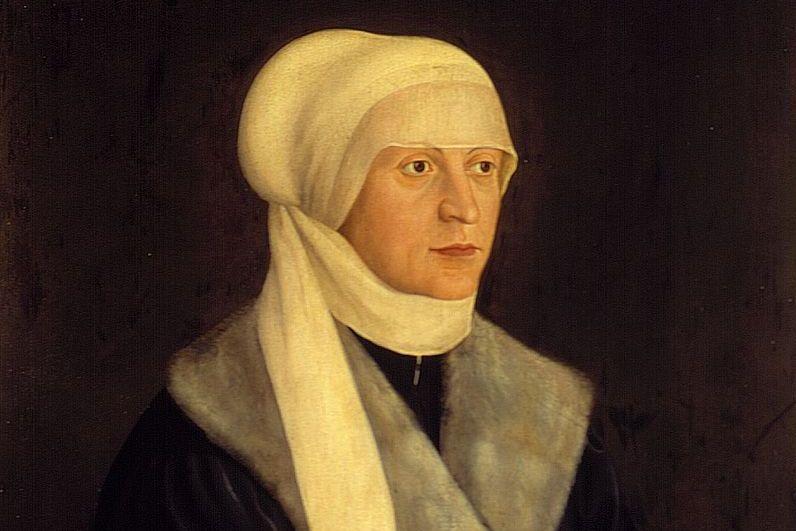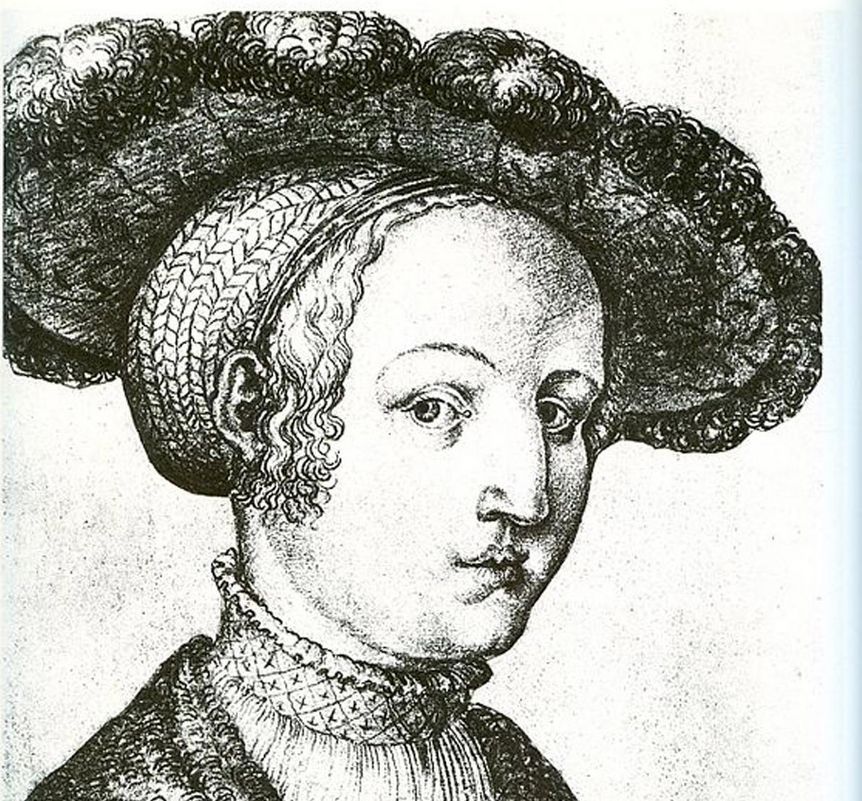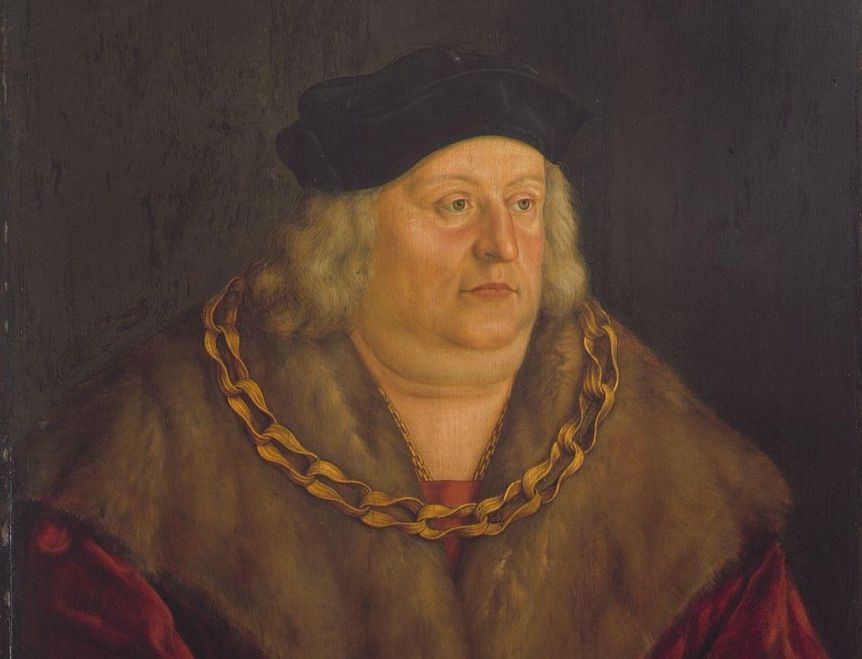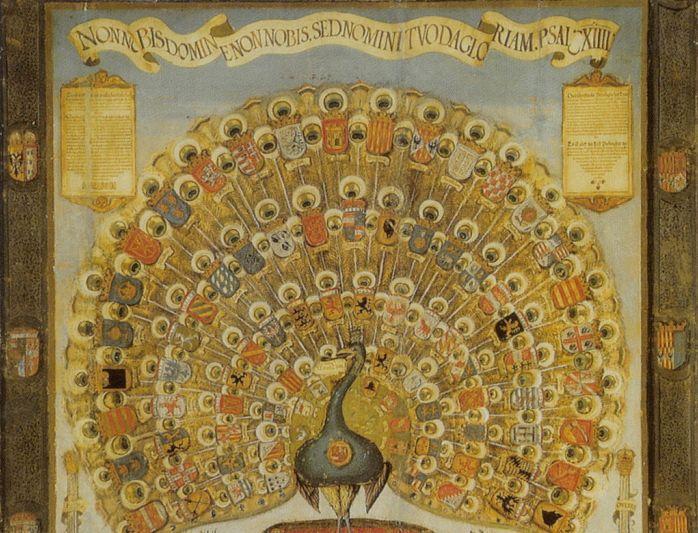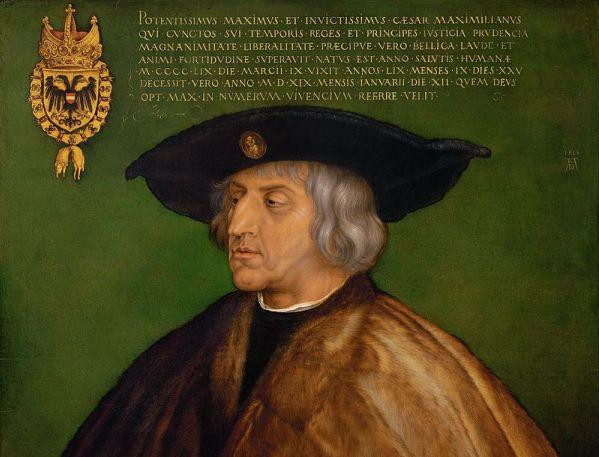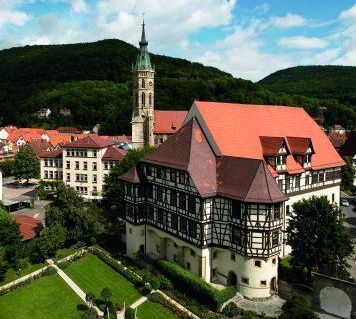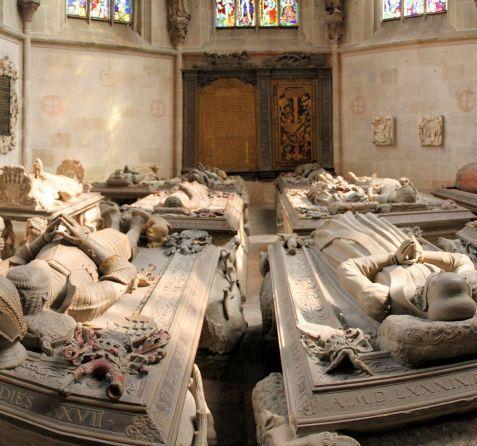A Bavarian princess in WürttembergSabina von Württemberg
Princess Sabina (1492–1564) was the granddaughter of Emperor Friedrich III and a very good marital match. She was promised to Duke Ulrich von Württemberg as a child. After the wedding, a turbulent life of marital drama and power plays began. During their marriage, she often resided in Urach.



